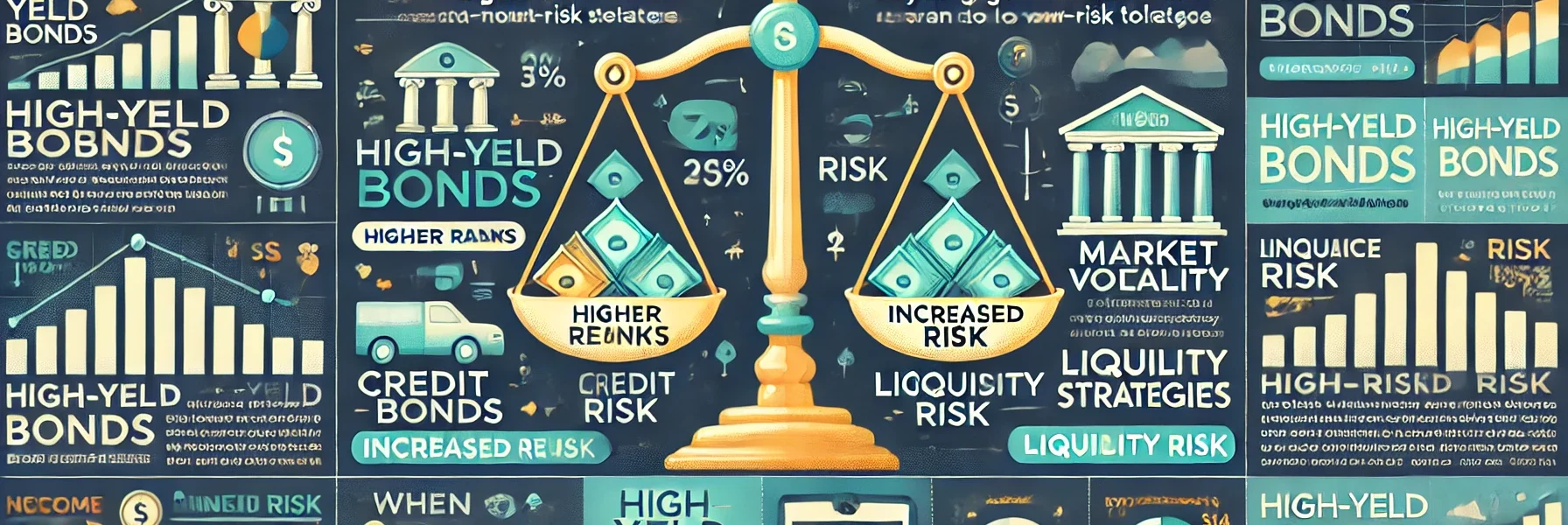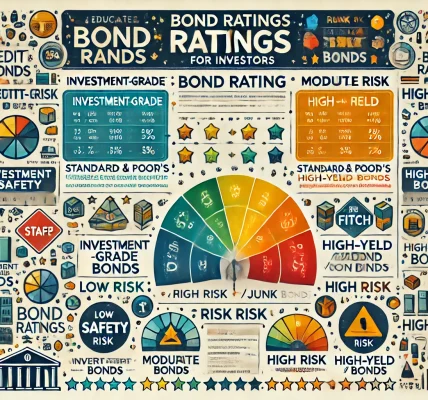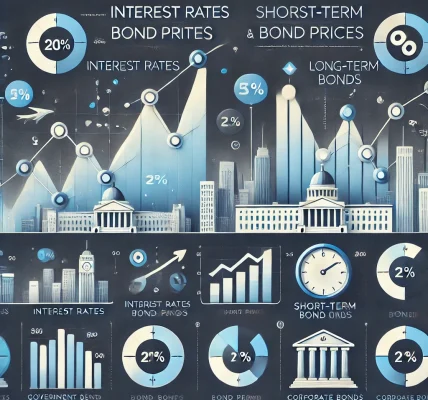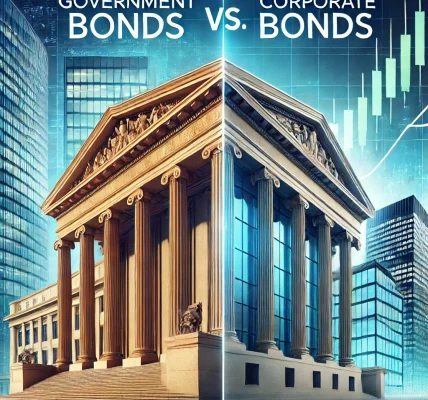Investing in bonds has long been considered a safer alternative to the volatile stock market. However, within the bond market lies a category that offers significantly higher returns—high-yield bonds, also known as junk bonds. While the allure of higher returns is enticing, these bonds come with greater risks. This comprehensive guide will explore what high-yield bonds are, their advantages and disadvantages, and whether they are a worthy investment option for your portfolio.
What Are High-Yield Bonds?
High-yield bonds are bonds issued by companies or entities with lower credit ratings (typically rated BB+ or below by major credit rating agencies like Standard & Poor’s, Moody’s, and Fitch). These bonds offer higher interest payments (yields) to compensate investors for the increased risk of default.
Key Characteristics of High-Yield Bonds:
- Higher Interest Rates: Due to the increased default risk, issuers must offer more attractive yields.
- Lower Credit Ratings: Rated below investment grade (BBB- or Baa3).
- Issued by Riskier Entities: Includes companies with unstable financials or in emerging sectors.
How Do High-Yield Bonds Work?
When an investor buys a high-yield bond, they are lending money to the issuer in exchange for regular interest payments (coupon) and the return of the bond’s face value (principal) at maturity. If the issuer performs well, investors receive higher returns than from investment-grade bonds. However, if the issuer defaults, investors may lose part or all of their investment.
Advantages of Investing in High-Yield Bonds
- Higher Returns:
- High-yield bonds offer significantly better interest rates compared to government or investment-grade bonds.
- Can enhance the income potential of a diversified portfolio.
- Diversification Benefits:
- Provides exposure to sectors not represented by traditional bonds.
- Can reduce overall portfolio risk when combined with safer investments.
- Inflation Hedge:
- Higher yields can help offset the negative effects of inflation.
- Capital Appreciation Potential:
- If the issuer’s credit rating improves, bond prices may rise, offering capital gains.
Risks Associated with High-Yield Bonds
- Credit Risk (Default Risk):
- The biggest risk is that the issuer may fail to make interest payments or repay the principal.
- Market Risk:
- High-yield bonds are more sensitive to economic cycles and may lose value during a downturn.
- Liquidity Risk:
- They may be harder to sell in secondary markets, particularly during economic uncertainty.
- Interest Rate Sensitivity:
- Rising interest rates generally decrease bond prices, and high-yield bonds are not immune.
- Volatility:
- Prices can fluctuate more than investment-grade bonds due to perceived risks.
Are High-Yield Bonds Worth the Risk?
When High-Yield Bonds May Be a Good Investment:
- During Economic Growth:
- When the economy is expanding, companies are less likely to default.
- For Experienced Investors:
- Those who understand credit analysis and risk management.
- Income-Focused Strategies:
- Suitable for investors seeking higher yields to supplement fixed income.
When to Avoid High-Yield Bonds:
- Economic Uncertainty:
- Recessions increase the likelihood of defaults.
- Low-Risk Tolerance:
- Not suitable for conservative investors who cannot afford capital losses.
Evaluating High-Yield Bonds Before Investing
- Credit Ratings:
- Assess ratings from agencies like Moody’s or S&P for an indication of risk.
- Issuer’s Financial Health:
- Review financial statements for cash flow, debt levels, and earnings stability.
- Yield Spread:
- Compare the bond’s yield to equivalent government bonds (risk-free rate).
- Market Conditions:
- Consider macroeconomic factors, interest rates, and industry-specific risks.
- Bond Duration:
- Shorter-duration bonds are less sensitive to interest rate changes.
Strategies for Investing in High-Yield Bonds
- Diversify Your Holdings:
- Avoid overexposure by spreading investments across different sectors and issuers.
- Use Bond Funds or ETFs:
- Exchange-traded funds (ETFs) specializing in high-yield bonds provide diversification and liquidity.
- Focus on Quality Within High-Yield:
- Seek bonds closer to investment grade (BB-rated) for a balance of risk and return.
- Monitor Interest Rate Trends:
- Rising rates can reduce bond prices, while falling rates may boost them.
Legal Considerations and Risk Disclosure
When discussing high-yield bonds, it is essential to maintain compliance with legal standards:
- Accurate Information:
- Ensure all statements are based on verified data and credible sources.
- No Investment Advice:
- Clearly state that this content is informational and not a substitute for professional financial advice.
- Disclose Risks:
- Highlight the potential for loss and the speculative nature of high-yield bonds.
Disclaimer Example:
“This content is for informational purposes only and does not constitute financial or legal advice. Investments in high-yield bonds carry significant risk, including the potential loss of principal. Always consult a qualified financial advisor before making any investment decisions.”
Conclusion: Are High-Yield Bonds Right for You?
High-yield bonds can be a valuable component of an investment strategy for those seeking higher returns and willing to accept greater risk. They offer increased income potential and diversification but come with credit, market, and liquidity risks.
If you understand these risks and align them with your investment goals and risk tolerance, high-yield bonds may be worth considering. However, always conduct thorough research, consult with financial professionals, and monitor market conditions to make informed decisions.
By balancing the allure of higher returns with prudent risk management, you can determine if high-yield bonds are a smart addition to your investment portfolio.




